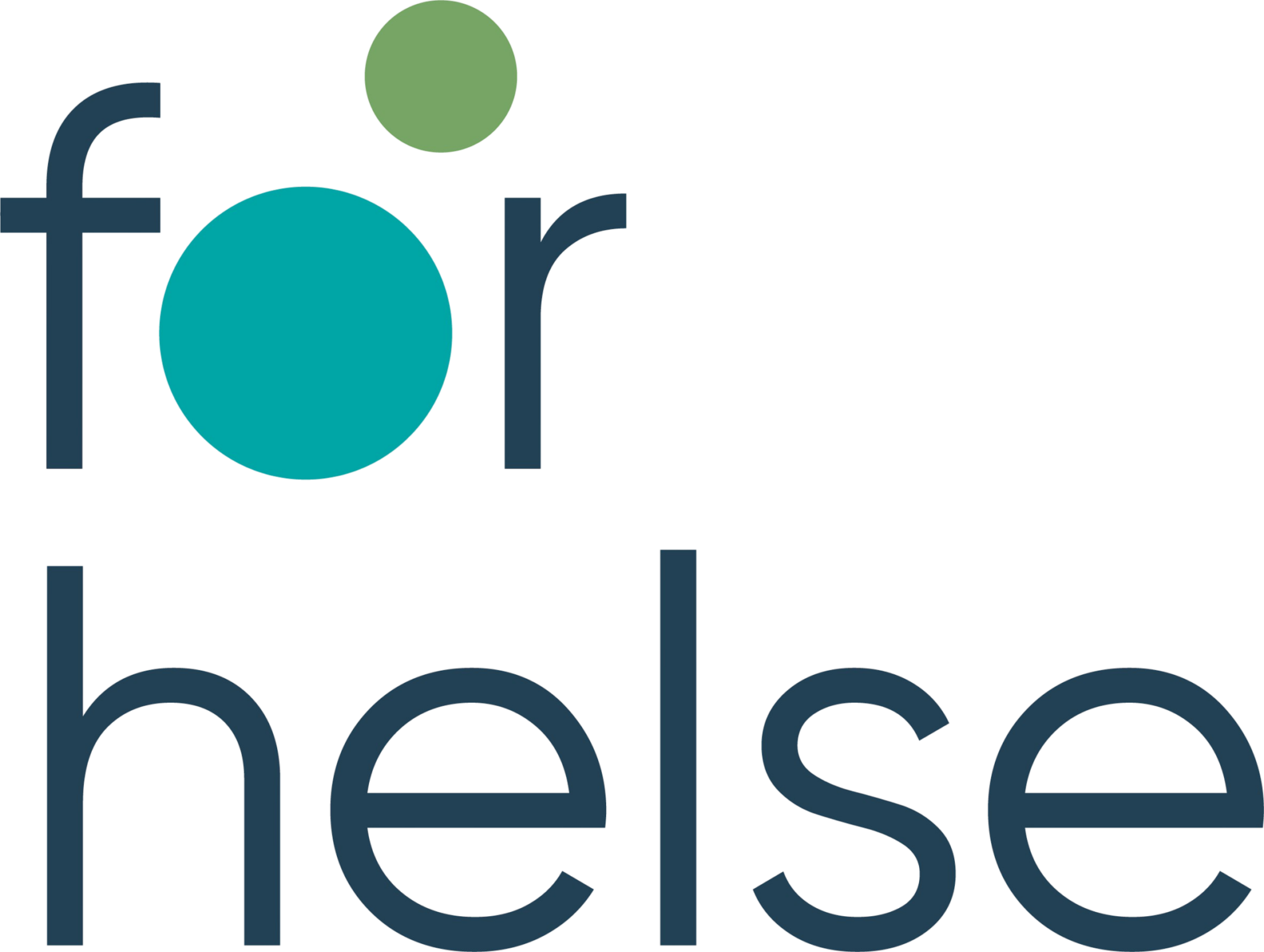Experience from using asynchronous treatment for mental health issues

Kjersti Skare and Tine Nordgreen presented their experience in the use of text-based treatment at the webinar entitled “Textual Therapists”.

The National Centre for e-Health Research offered several webinars this fall on the topic of digital home-based care. On Friday 19 November, Tine Nordgreen and Kjersti Skare presented their experiences in the use of guided web-based treatment.
The webinar revolved around eMeistring and what the program has to offer. The program offers web-based treatment on various issues like anxiety and depression
The treatments were initially based on studies initiated in Sweden which offered similar programs. The studies that looked at eMeistring indicate that this form of treatment appears to have good effects.
They also presented research on the role of the therapist and how the treatment program should be used.
Collaboration with patients
-The patient-therapist relationship must be taken seriously and maintained in web-based treatment as well, Skare said.
Some of the challenges associated with the use of internet therapy are e.g. that therapist are unable to talk things through thoroughly with the patient, body language is unavailable as an indicator of the patient’s situation and it is not as easy to express commitment in the same way as face-to-face therapy.
-This distance is challenging for the patient and the therapist, Skare said.
For example, it can be difficult for the therapist to remember the face and individual, and the therapist will not be able to observe the patient’s non-verbal language in the same way.
According to Skare, her colleagues who work face-to-face with patients have expressed some concerns that the therapist is not always able to form an emotional bond with the patient when treatment occurs over a computer screen.
-But emotional bonds are not the ultimate factor in successful treatment, Skare said.
She said they do get positive feedback from patients who say they feel seen and heard, and it is important to remember that these patients specifically asked for online treatment.
Asynchronous messages
The patients receive treatment via eMeistring based on the content of the program itself. The form communication used between the therapist and patient is known as asynchronous messages. That means it can take up to seven days between sending and receiving a message from the therapist/patient.
-It is therefore important to consider how one formulates one’s messages to patients, Skare said.
Among other things, they utilise open questions or respond to their own questions to prevent patients from experiencing that it takes too long to get an reply.
They also try to link the questions and answers to the topics that the patient is working on in treatment.
A lot of people don’t ask the therapist for help
At the end of the treatment, all patients are given the opportunity to answer questions about whether the treatment has worked for them or not.
-When asked whether they feel they receive help from their therapist after asking for help, 20 percent of the patients respond that they do not feel they get the help they need, Nordgreen said.
In the evaluation form, they are also asked questions about how it was to read the text and how they experienced contact with the therapist.
Feedback from patients so far:
- I would like more face-to-face meetings.
- I would have liked more frequent responses
- The treatment sound good, but it wasn’t suitable for me.
- Too little time to do the assignments
Many patients also told us the would have liked the therapists to ask how they were doing, not just talking about the program’s modules, and occasionally they were unsure about what they could ask the therapist.
Further development of the service
eMeistring is working constantly to find good ways of communicating with patients and finding the right manner of communication for each patient.
– It is important to adapt to the patient’s needs and respect their way of communicating, Skare said.
eMeistring is currently offered via the regional health authorities in Western Norway, Southern Norway and Central Norway
– We have compiled teams of professionals at the various health regions to maintain professional development, contact and experience sharing, Nordgreen said in conclusion.
Would you like to learn more about eMeistring and learn what a textual therapist can offer, check out the webinar here.
